Fly & Sofia is a Shanghai-based dance studio, offering up international instructor-led courses in everything from Brazilian zouk and kizomba to salsa, bachata, urban hip hop and jazz funk.
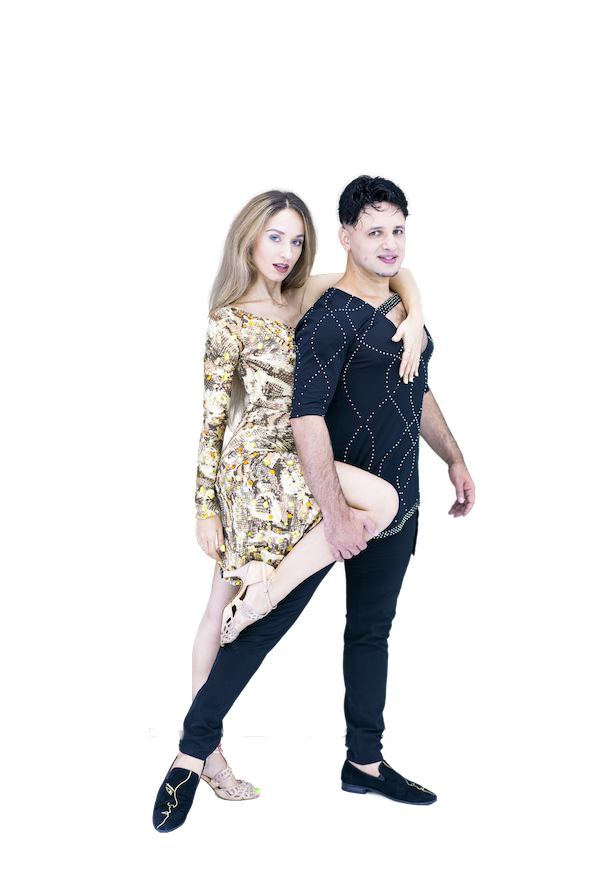
As choreographed dance studio classes become more mainstream across all of China – whether for exercise or Douyin fodder – Brazilian Fly and his Russian wife Sofia are leading the trend here in Shanghai, with one of the fastest growing studios that offers the widest selection of dance style options, appealing to both expats and Chinese alike.
We sat down with them to learn more about how they got started and what they see the dance scene in China growing into.
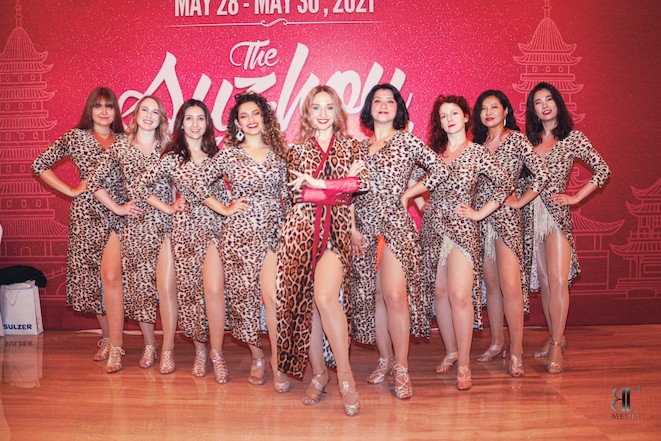
What is the difference between salsa, bachata, zouk and kizomba?
Fly & Sofia: Salsa is an energetic form of social dance that originated in New York, heavily influenced by Latin America, particularly Cuba and Puerto Rico. The movements find their origins in Cuban cha-cha and mambo, but have evolved over time and in different places to incorporate elements of swing and afro-Cuban, amongst others.
Bachata is more simple and sensual, with roots from both the Dominican Republic and Spain. The romantic movements showcase a passionate form of dance that is usually conducted in partners using a four-step pattern.
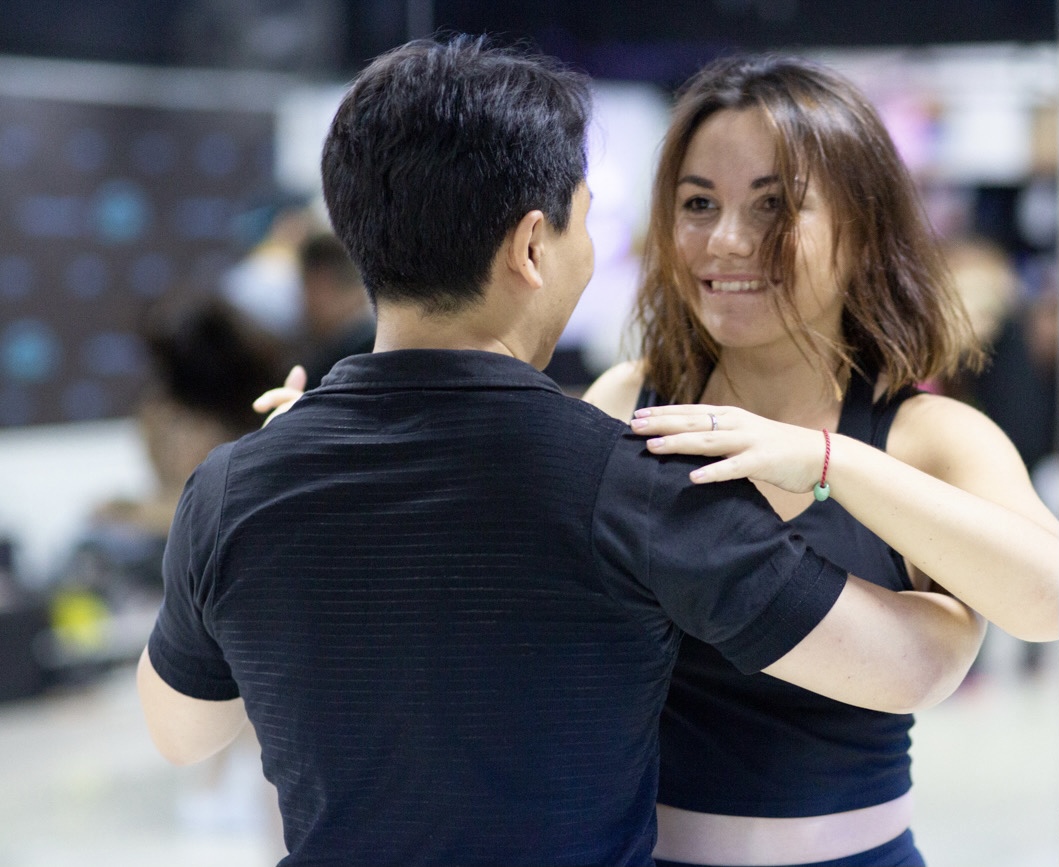
Literally meaning ‘party’ in Creole, Zouk is both a Latin style of music and dance, originally from the French Caribbean islands of Guadeloupe and Martinique. The slow-quick-quick rhythm coupled with the strong beats makes it particularly popular in Brazil.
Kizomba can be traced to late 1970s Africa, with the strongest influence attributed to Angola. This form of dance is slower, romantic and sensual, with most kizomba songs sung in Portuguese.

How did you get into dance?
Sofia: I started Latin ballroom dancing at the age of five and continued even after I moved to China in 2010 to study Chinese. In 2012, I moved to Shanghai as part of band, where I sang, danced and performed.
However, I didn’t start to dance socially until 2017, when I met my husband Fly after he invited me countless times to a bachata class with him, and I finally accepted. We actually knew each other for years in the touring dance performance circles around China before that time.
Fly: I didn’t dance until I was 17, when I started with axe, a Brazilian dancing style similar to zouk. I first came to China in 2004 to perform in a country-wide tour across 160 cities in six months. I came back for the same kind of tour in 2006, and by 2009 I moved permanently to start a business bringing Brazilian dance performers to China to tour.
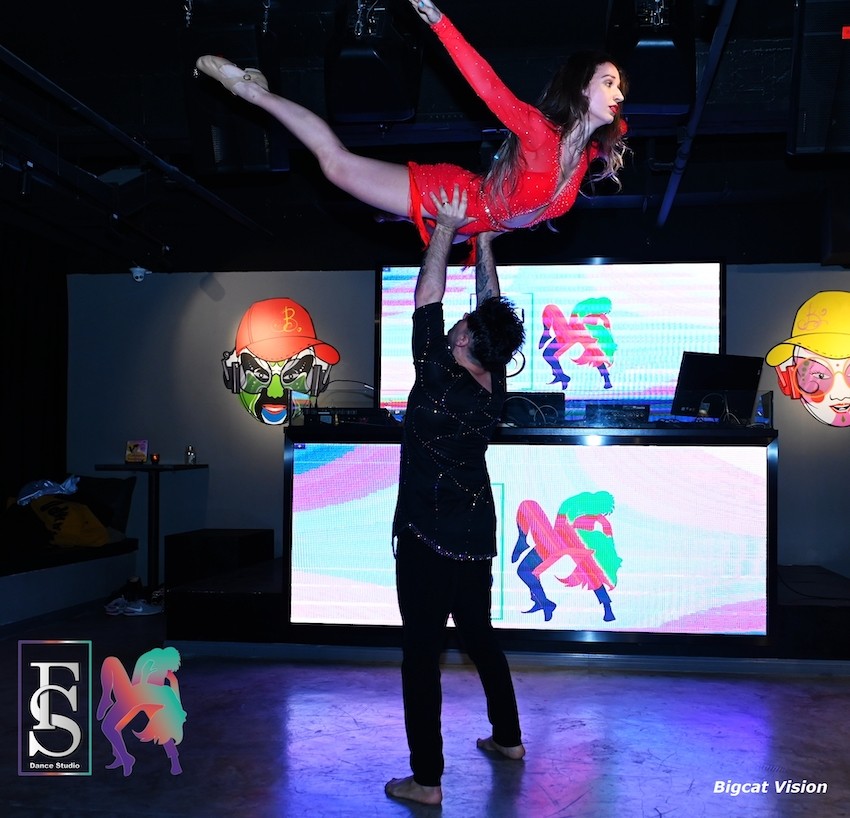
When did you start Fly & Sofia Studio?
Fly: I launched my company, then known as Top Talent Future Entertainment, in 2015, along with a dance studio in my apartment. Later, in 2017, when Sofia and I started dating, we moved the studio to a bigger location to be able to teach even more classes. Now we are in the process of expanding again so we can offer two classes simultaneously.

What is your favorite form of dance?
Fly: Brazilian zouk
Sofia: Brazilian zouk too! This was my first performance with Fly, and it changed my life. Combined, we have traveled to nearly 200 cities across China to perform.
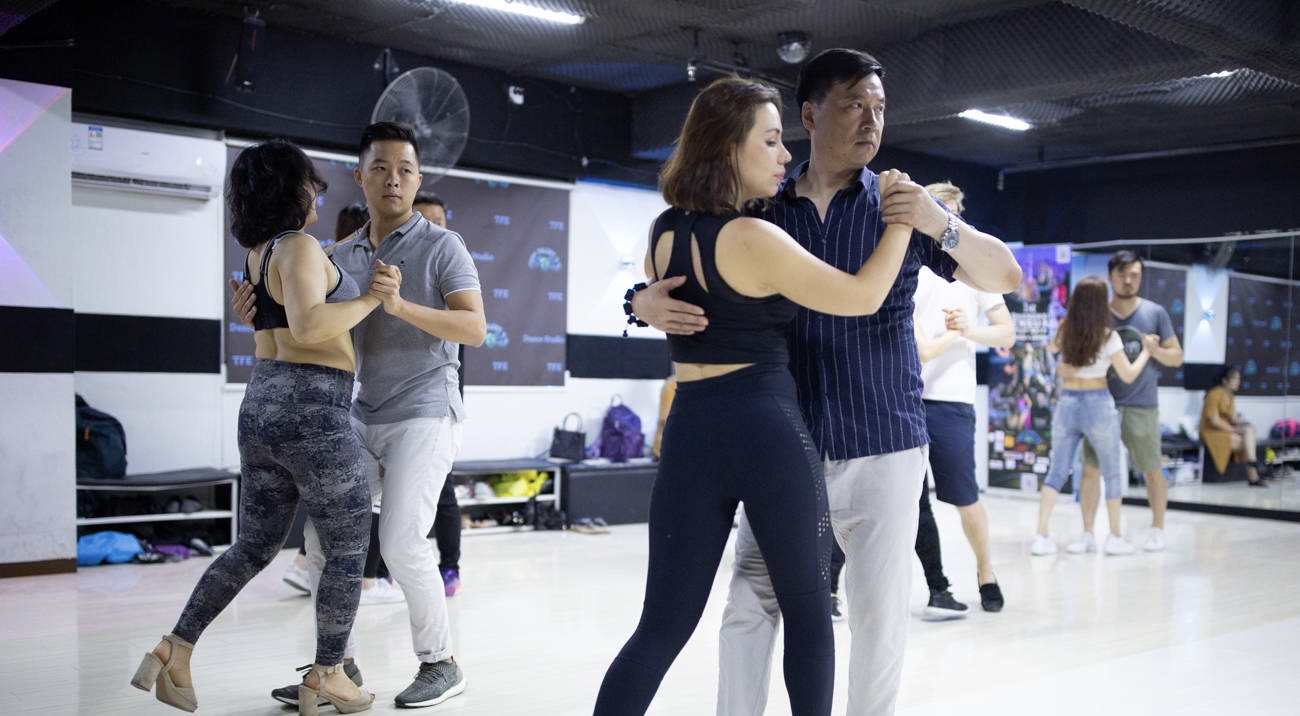
What is the difference between your dance studio and any other studio in Shanghai?
Fly: Now there are 11 teachers at our studio, teaching everything from funk to heels to modern jazz to afro to contemporary to vogue to house. While most teachers are Brazilian, our biggest difference is that all of our teachers are international.
Each teacher has his or her own style, and they connect with their students in their own way. Many of our teachers also speak Chinese, amongst other languages, so they can help break down movements in a common language.
Sofia: Also, we don’t want to just teach people choreography and movement; we focus on how to follow, how to lead and how to dance together with a partner and enjoy yourself while doing it.
Most people arrive to a dance class tired or stressed after work, but they leave energetic and motivated. You can feel the energy change in the room as people leave the worries of the day at the door and just connect with other students, the instructor and the dance.
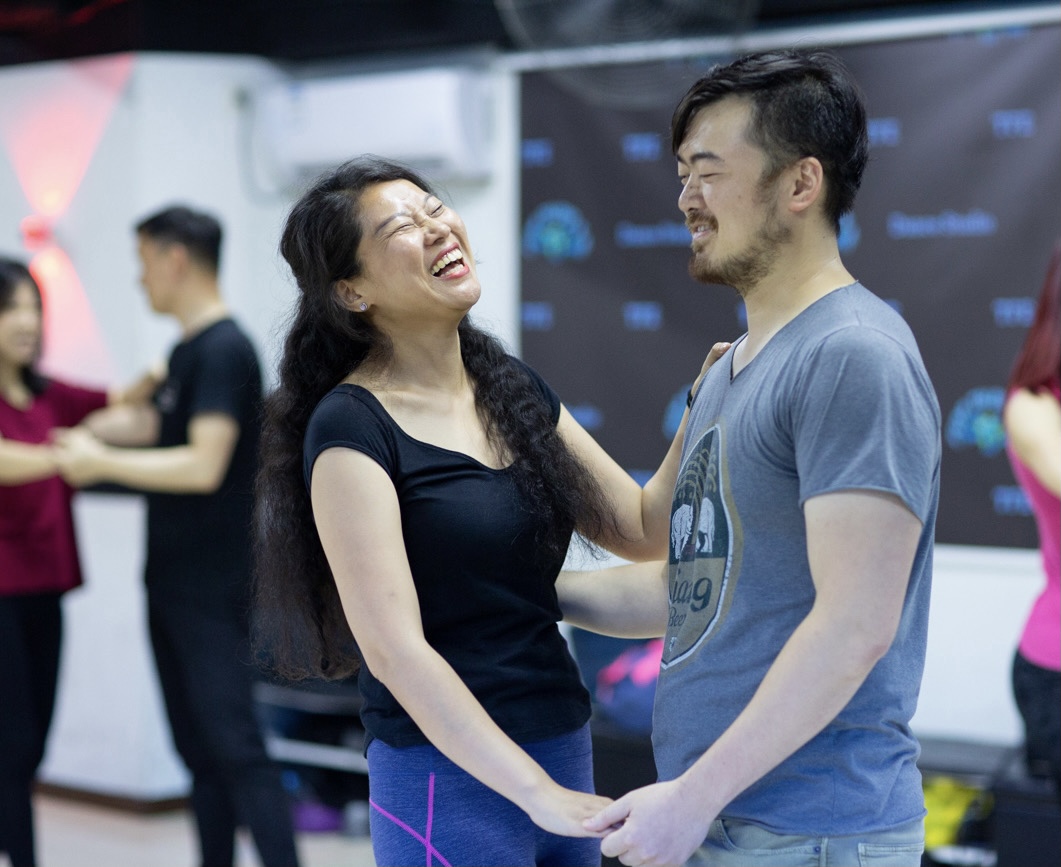
What do you say to people who think they can't dance?
Sofia: Sometimes people are slow, and they struggle to remember the steps. On the other hand, some people learn very quickly, but they also forget quickly. We work with people from all levels, breaking it down in a way that works for them.
We build on the same style of dances each week so students can track their progress, and we send out videos of dances from class in a WeChat group so students can also practice at home. With practice, anyone can dance.
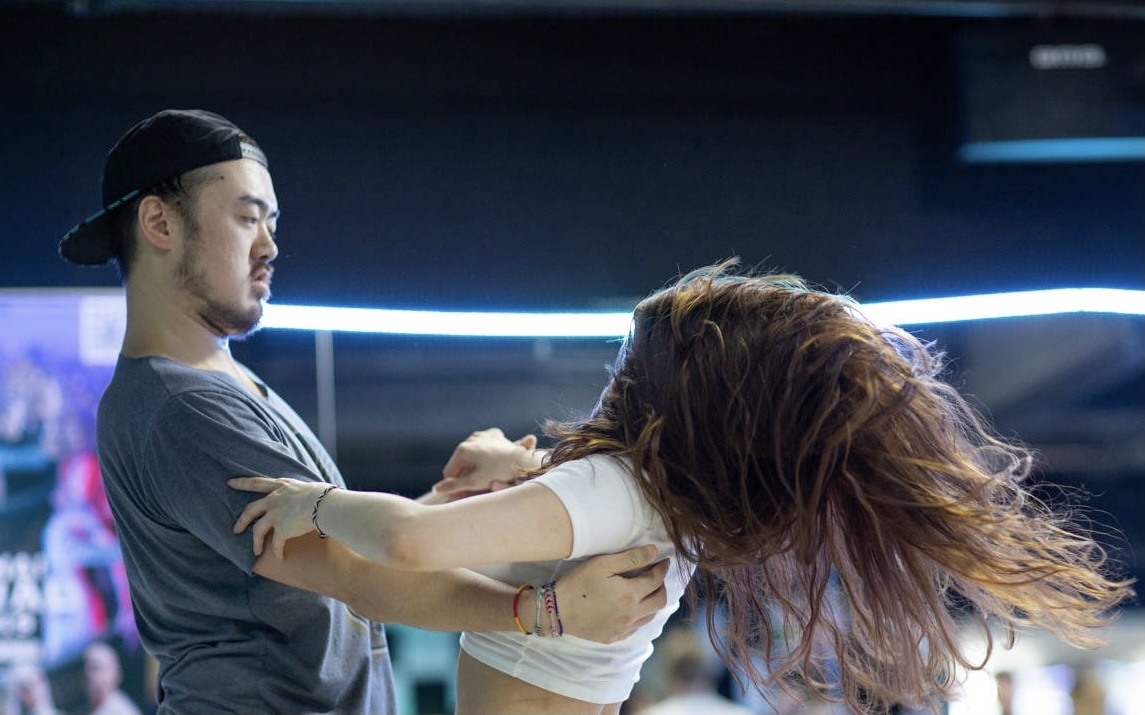
Do you attract more international students or Chinese students?
Fly: Before COVID, it was definitely more international, but after, it’s more Chinese than before, but still probably 60/40. The foreign teachers teach differently than the Chinese, so many Chinese dance students are attracted to the international teachers’ styles.
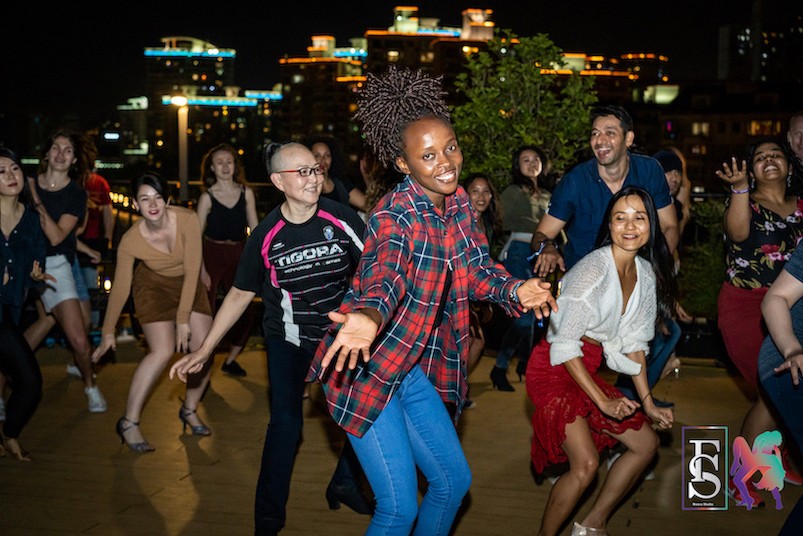
How do you see the dance scene evolving in Shanghai and China in the future?
Sofia: The dance scene has changed so much in the last 10 years and will continue to change. In Shanghai, there are so many more studios than before and more and more people want to dance and are willing to accept new kinds of dance.
Before, people were more shy, especially with dances that heavily involve touching and moving with a partner, like zouk or kizomba, which require a lot of physical connection. But now, the connection aspect is becoming more mainstream and students are actually enjoying it, welcoming the change in pace and style.
Shanghai Sensual Fest
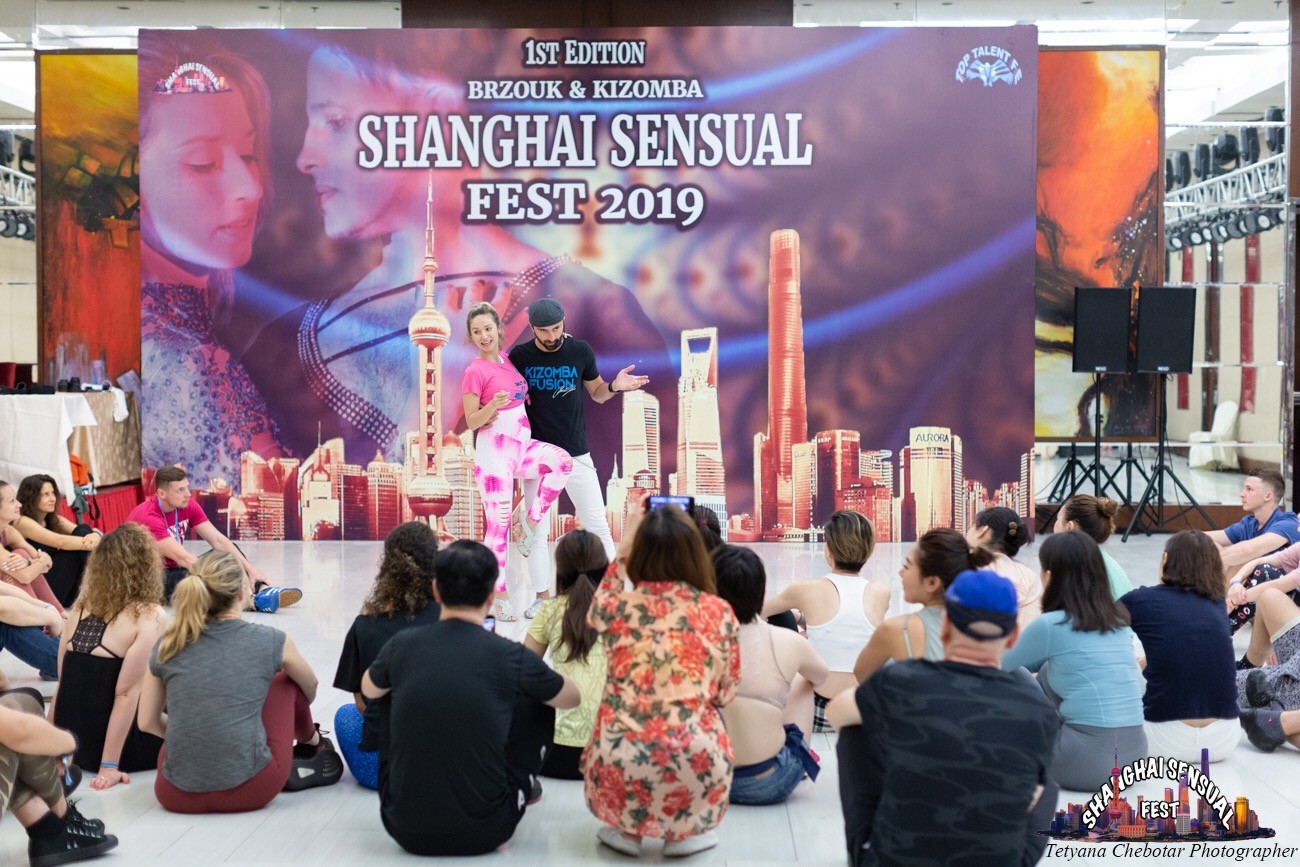
Aside from running a successful dance studio, Fly & Sofia are also the organizers of one of the biggest dance festivals in China, the Shanghai Sensual Fest. The first edition took place in 2019, where they brought in over 30 international artists from abroad and showcased over 350 people dancing and attending around the clock for three-and-a-half days, with dance workshops, performances and parties running 24 hours a day.
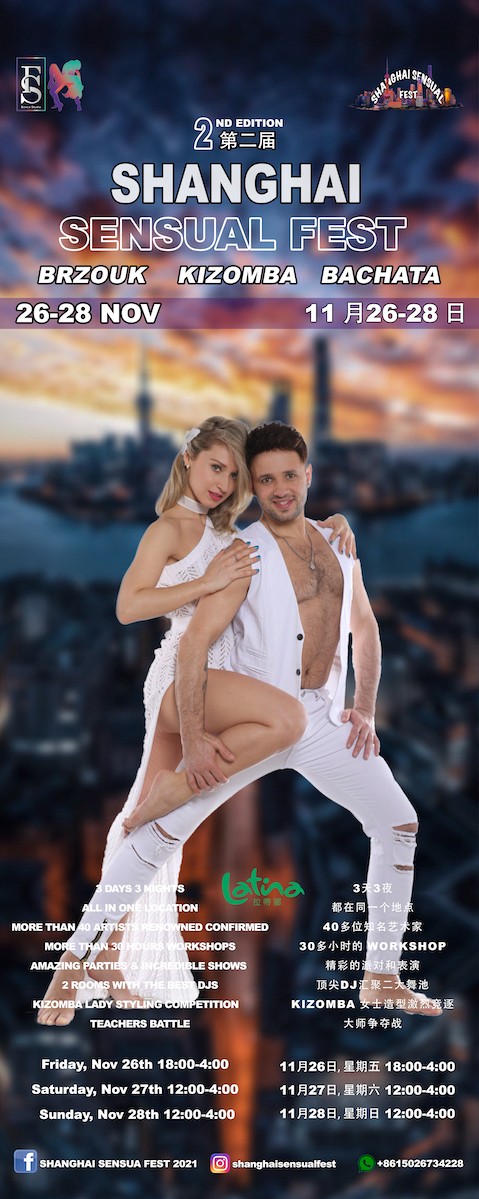
The second edition of the festival will take place from November 26-28 at the Rayfont Hotel on Zhaojiabang Lu. There are already 43 confirmed local artists set to perform (a mix of expats living in China and Chinese performers), all coming out to support and show love for the dancing community. This is the only festival of its kind in China; to get more information and sign up, scan the QR code.

To learn more about Fly & Sofia Studio and to sign up for a class, you can also scan the QR above.
See a listing for Fly & Sofia Dance Studio.
[All images provided by Fly & Sofia]
Do you have a gym, dance or fitness studio you would like to promote? Contact Christy via email at christycai@t





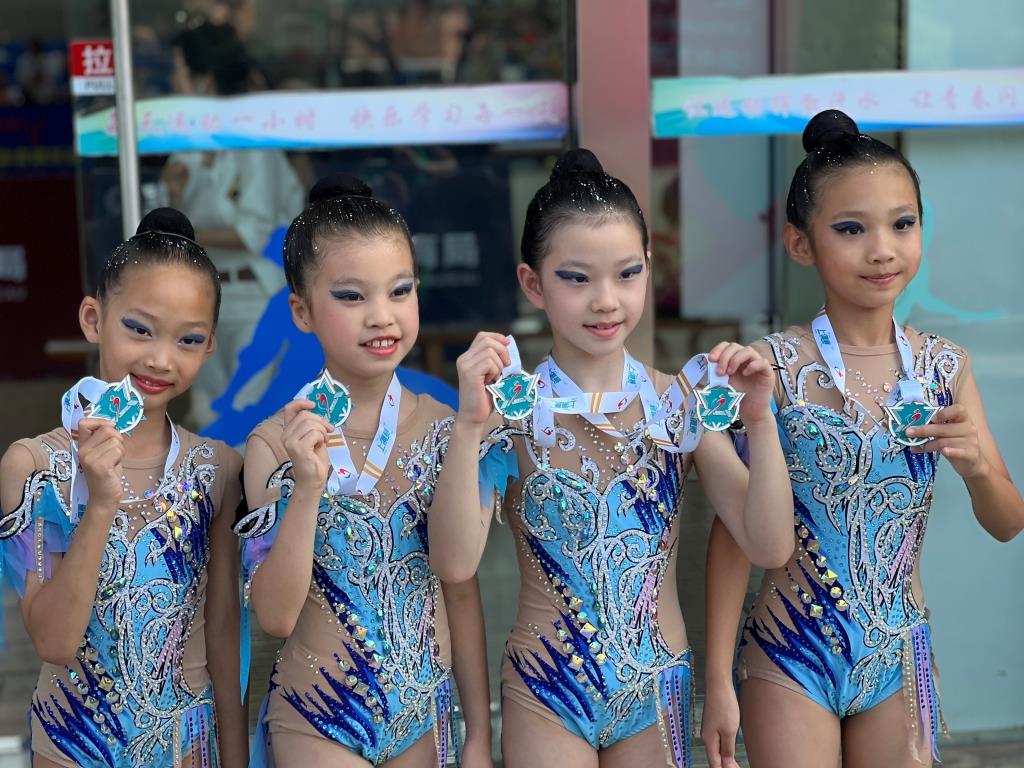
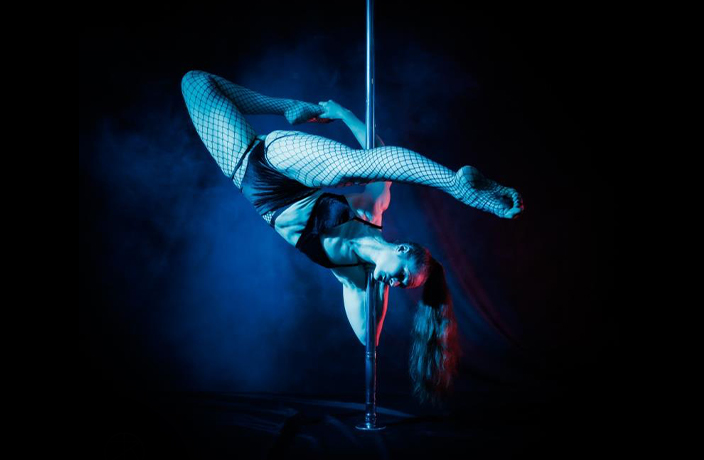















0 User Comments